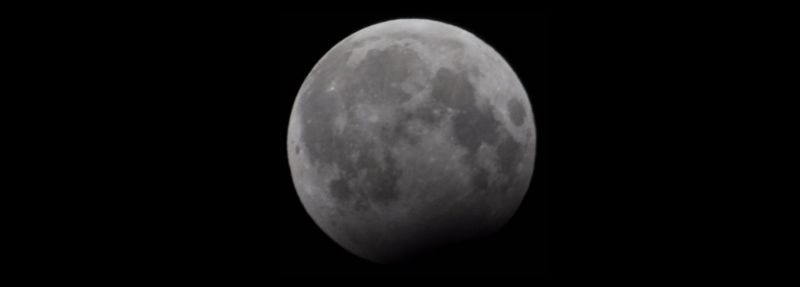 Sailors have always watched the sky. This August, the sky is putting on quite a show.
Sailors have always watched the sky. This August, the sky is putting on quite a show.
In case you missed it, last night was a supermoon. A supermoon occurs when the Moon is at the closest point to the Earth, known as the lunar perigee. A full Moon during perigee will appear 14% larger and 30% brighter than when it is furthest away from Earth. If you did miss it, the moon will still be very bright, nearly 99% of the brightness of yesterday’s full moon
There are usually only three or four supermoons a year. This year there is a run of four in a row, which is very rare. The next supermoon falls on August 30th.
That’s right, there will be a second full moon in August, which happens to be a supermoon. And because it is the second full moon in the month, it is also known as a blue moon.
A blue moon usually refers to the second moon in a calendar month. Of course, it isn’t blue, merely unusual. The second moon in August is doubly unusual for also being a supermoon. The next time we will get a chance to glimpse a similar phenomenon will be in 2032.
On August 27, very close to the blue supermoon, Saturn, the second-largest planet will be at its most visible in the night sky, rising very near the blue supermoon on the 30th.
While we are waiting for the super blue moon, keep your eyes peeled for the annual Perseid meteor showers on the night of Aug. 12-13. On a dark clear night, one can expect to see between 50 to 75 meteors in an hour.
The Washington Post notes that the Perseids are perhaps the year’s most consistent meteor shower, and they occur under nearly ideal circumstances this year. The crescent moon won’t rise until well into the early morning hours, and the mild nights are perfect for stretching out on a comfortable beach chair and looking skyward.
The Perseids originate from tiny particles of rocky material that sputter from the nucleus of a comet, they then spread out along the comet’s orbital path. Each year, the Earth plows into this material on the same date, producing the shower. Records of the shower date back well over 2,000 years.
The parent comet, known as 109P/Swift-Tuttle, orbits the Sun about every 133 years and was discovered in 1862 by Lewis Swift and Horace P. Tuttle, the latter who would later become an astronomer at the U.S. Naval Observatory.
The Perseids are so named because the point in the sky from which they appear to originate is near the constellation Perseus, which rises in the northeastern part of the sky in the late evening. Viewing the meteors requires nothing more than your eyes and a dark site. I like to use a beach chair and point my feet to the northeast. This gives me a nice view of most of the sky.
